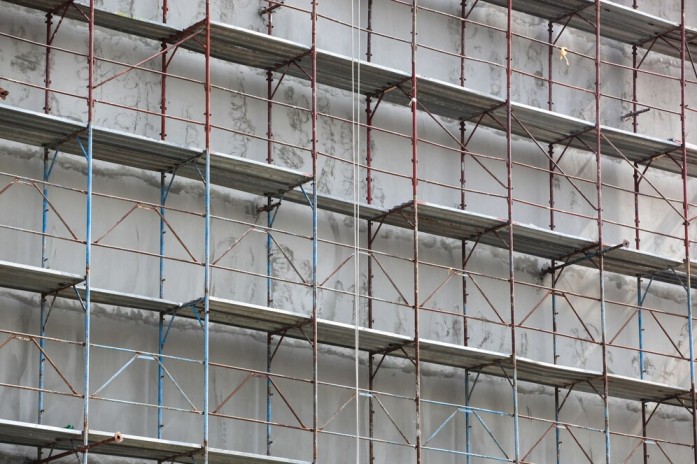Brick bonding is therefore the repetitive method and manner of placing bricks to give structural strength to a structure. Besides the mechanical consideration, brick bonds also have bearing on the facade design of any structure. Below are the top 11 types of brick bonds used in masonry:
What is a Brick Bond?
Mortar is the method of joining bricks while constructing structures like walls, columns or paths, etc. There could be the manner in which brick is laid flat or side wise, or even vertically as it affects either mannerism or reinforcement.
11 Types of Bonds in Brick Masonry
1. Stretcher Bond
Also known as a Running Bond, this is the simplest brick pattern, where bricks are laid with only their stretchers (longer, narrower faces) visible. Ideal for half-brick-thick walls but unsuitable for full-width walls due to limited bonding strength.
2. Header Bond
This bond exposes the headers (the shorter face of bricks) in each course. It is used in walls that are one full brick thick (18 cm) and provides greater strength than stretcher bonds.
3. Flemish Bond
In this bond, alternating headers and stretchers are laid in each course. The headers in one course are aligned with the centers of the stretchers in the course below. Flemish bonds are classified into:
- Single Flemish Bond: Flemish bond with one course of English bond at the rear in order to add both appearance and structure.
- Double Flemish Bond: It alternates between headers and stretchers on both ends of the wall front and rear and hence has less strength than the single one.
4. English Bond
This bond alternates courses of stretchers and headers, with headers centered over stretchers. English bond is known for its strength and is often used in load-bearing walls.
5. Stack Bond
Bricks are stacked directly above one another with aligned joints. While it creates a visually appealing pattern, it lacks the structural strength of other bonds and is mostly used for decorative purposes.
6. Garden Wall Bond
Suitable type of brick thick, this bond speeds up construction and reduces costs. It is best used for low-stress structures like dwarf walls. The garden wall bond comes in two types:
- Flemish Garden Wall Bond: Consists of three stretchers followed by one header in a course.
- English Garden Wall Bond: Involves one header course followed by three courses of stretchers.
7. Zig Zag Bond
Bricks are arranged in a zigzag pattern, making it ideal for paving projects like walkways and floors. However, it cannot be used in load-bearing structures.
8. Raking Bond
This bond involves placing bricks at an angle, enhancing the stability of walls over time. The two main types are:
- Herringbone Bond: Bricks are laid at a 45-degree angle, commonly seen in pavements.
- Diagonal Bond: Used in thicker walls, where diagonal bonds are incorporated in every fifth or seventh course.
9. Facing Bond
In this bond, multiple courses of stretchers are followed by a course of headers, allowing for walls of varying thicknesses. However, this can lead to unequal settling of masonry due to different joint alignments.
10. Scottish Bond and American Bond
In Scottish Bond, five courses of stretchers are followed by a course of headers. In American Bond, seven courses of stretchers are followed by one header course.
11. Rat Trap Bond
Bricks are arranged vertically, creating hollow cavities within the wall. This design improves thermal comfort and reduces material usage, though it requires skilled labor.
Conclusion
A brick bond determines the arrangement of bricks, optimizing interlocking and minimizing gaps in a structure. Walls and Dreams The choice of bond affects both the structural strength and aesthetic appeal of brick masonry. Walls and Dreams Each bond type has its unique advantages, depending on the specific requirements of the project.








